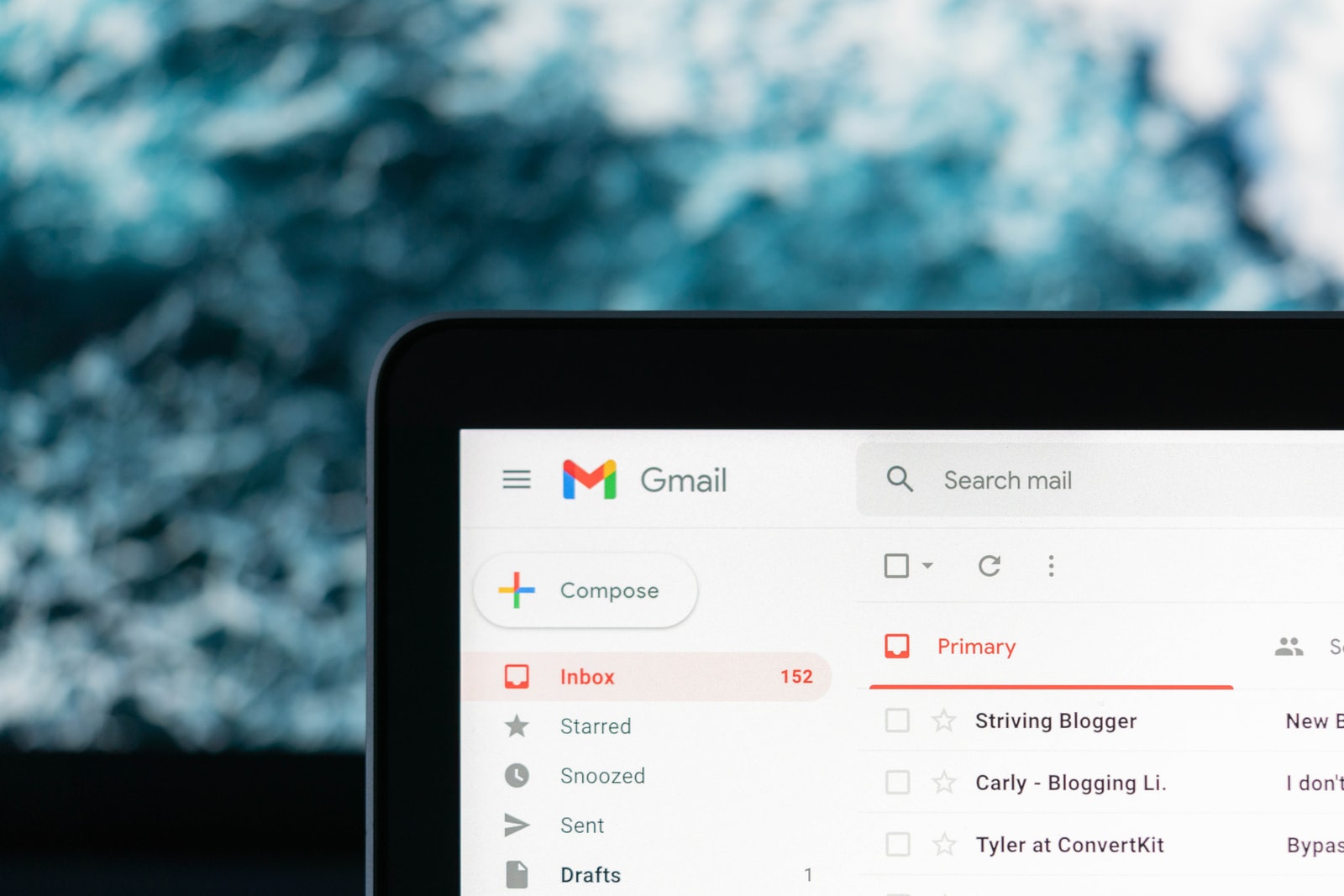- Data Governance
- Data Management
- Email Automation
- Marketing Automation
- Odyssey
- Privacy
- Privacy & Data Governance
- Subscription Fulfillment
- Subscriptions
The Quest for Email Deliverability: The Ultimate Guide to Email Best Practices
Last year, over 300 billion emails were sent globally. In the Omeda ecosystem, 4.7 billion emails were sent across 185,000 different deployments. While every one of these emails was a legitimate message from professional content producers in B2B media, consumer media, non-profit associations, and other professional services, sometimes emails don’t arrive.
We recently released a new white paper that digs into why that happens, how to prevent it, and the email deliverability best practices you need to know to make the biggest impact in this ever-evolving landscape.
Here’s a sneak peek of what you can learn in our latest email deliverability white paper. For all of the insights, download a copy here.
Trending Factors Impacting Email Deliverability
Email remains one of the highest penetrated attack vectors for fraud and phishing, resulting in more companies and ISP’s tightening rules for what can arrive in an inbox. The best practice to avoid deliverability issues is to maintain a pristine domain reputation using deliverability best practices and avoid common mistakes.
Tactics to Improve Email Deliverability
The key to a strong email deliverability strategy lies in consistency and continuous improvement. This next section focuses on how to improve deliverability through meaningful engagement, list quality, and messages that inspire action.
1—Focus on Engagement
Engagement trends have a huge impact on deliverability, so fostering an environment ripe for engagement is your best bet to ensure your emails always land in recipient inboxes.
The only way to truly improve is through engagement—unengaged subscribers are one of the top reasons hurting sending reputation and correlated inbox placement. Best practices to improve are to focus on sending to active recipients, adjust send frequency to optimize engagement, create benchmarks and regularly monitor engagement signals, and identify domain issues early.
2—A Word on Purchased Lists…Don’t!
Purchased and third-party lists pose a threat to deliverability for a variety of reasons, including lack of first-party consent. Our advice? Just don’t do it. But, if you must, use email validation tools and treat the first sends like warm-ups.
3—Messaging Strategies
Messaging best practices are just as important to deliverability as engagement and list quality. Non-secure links in the email body copy, poorly formatted “from” names, and message size can prevent emails from performing well. To ensure high quality messages: test and score for spam triggers, watch the message size, optimize the “from name”, and use only secure URLs in your email sends.
Our white paper is jam-packed with insights. Gain all of the tips, tricks, and tactics we have to boost email deliverability, by downloading a copy of your own to start mastering the inbox.



